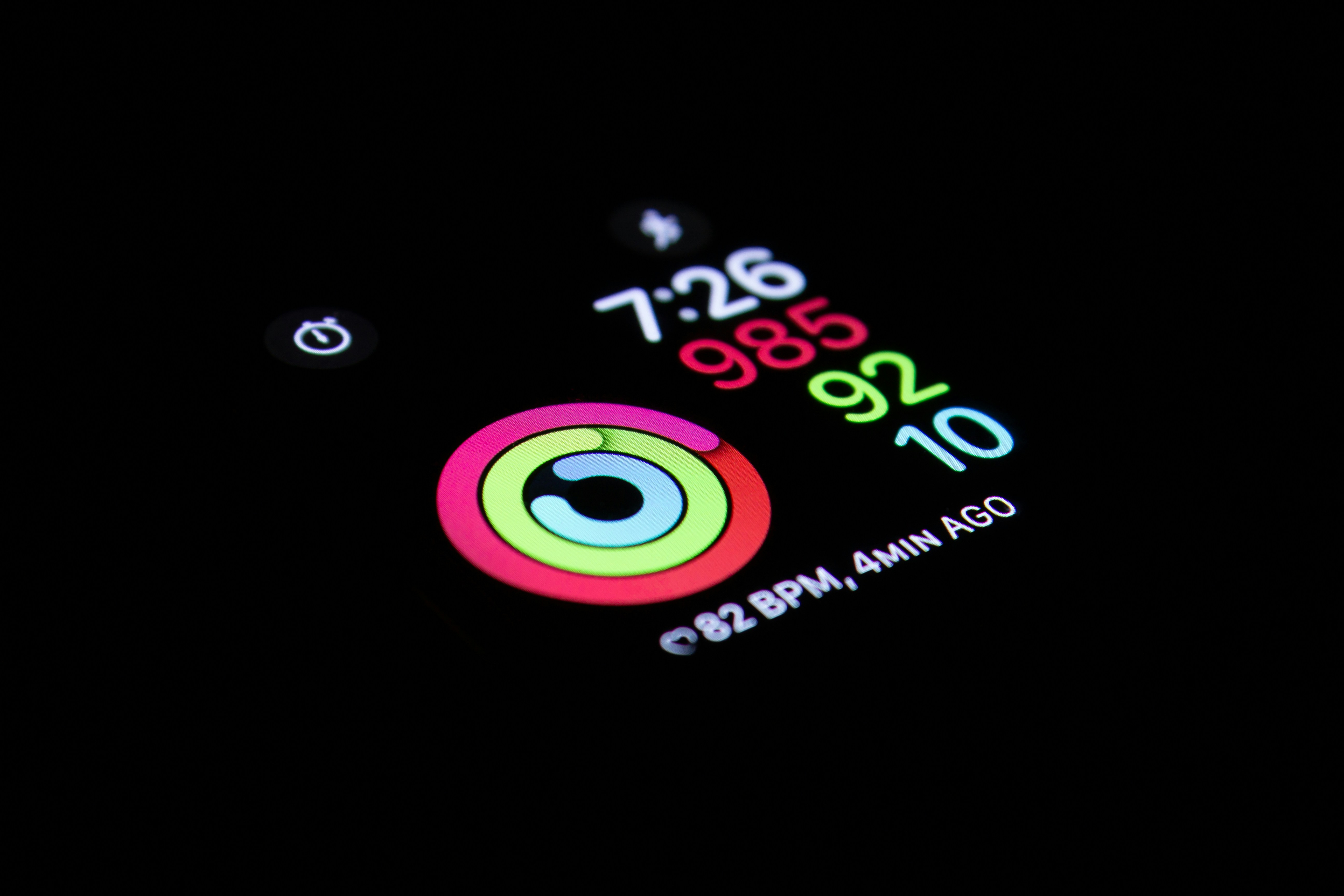
Tips for Effective Fitness Tracking and Achieving Your Goals
Recording each workout and meal gives you a clearer picture of your fitness journey. When you document your actions, you can spot habits and see how your choices shape your results. Consistent tracking not only highlights your achievements but also reveals areas that need improvement. This awareness helps you make smarter decisions every day, so you avoid repeating old routines that hold you back. Over time, you will start to recognize progress where you once felt stalled, and your motivation will increase as you see changes unfold. Keeping detailed records turns your goals into something real and achievable.
Advertisement
Simple routines become reliable habits once you maintain an accurate log. Recording each run, lift, or meal teaches you which actions lead to gains or cause stalls. That understanding informs every decision on your way to better fitness.
Setting and Defining Your Fitness Goals
Selecting the right goal anchors each workout and meal plan. Goals direct your energy so you stay on track. A clear target keeps you engaged even on busy days.
- Specific: Clarify what you want. “Run a 5K in under 30 minutes” is better than “run faster.”
- Measurable: Choose a metric you can count. Track distance, weight lifted, or macros consumed.
- Achievable: Set a goal just above your current level. If you bench 100 pounds now, aim for 110 or 115 next.
- Relevant: Connect each goal to your bigger picture. Improving stamina might help you hike or play with family.
- Time-bound: Decide on a deadline. A three-month window creates urgency and focus.
Compare each goal with your lifestyle. If work runs late, consider shorter sessions or splitting workouts into parts. Adjust when you notice conflicting demands.
Selectting the Right Tracking Tools
Choosing a tool is a personal decision. Some prefer pen and paper for simplicity. Others opt for apps packed with features. Match your tool to the time you can dedicate and your comfort with technology.
Plan to experiment for a week or two until collecting data feels natural instead of tedious.
- MyFitnessPal: Tracks calories, macros, and water intake. It provides a large food database and barcode scanner.
- Google Sheets: Offers a flexible layout. Customize columns for any metric you need. Ideal for DIY trackers.
- Wearable devices: Show real-time heart rate and step counts. Sync data with most health apps.
- Dedicated fitness journal: Eliminates screen distractions. Promotes mindful logging before and after workouts.
If a tool feels cumbersome, switch to another. The best tool adapts to your day, not the other way around.
Logging Workouts and Nutrition
Write down each exercise with sets, reps, or duration. Record rest times and any increases in intensity. These details reveal progress over weeks.
Note meals immediately after eating. A quick entry in an app beats estimating portions later. To speed this up, take photos of food before tracking.
Combine workout logs and meal records to get a complete view of your efforts. Patterns show if you need more protein after heavy lifting or more carbs during long runs.
Review your logs weekly. Detect gaps in protein intake or missed sessions. That insight helps you adjust your plan for the coming week.
Analyzing and Adjusting Your Plan
After two or three weeks, analyze your data. Compare your actual workouts with your goal plan. Did you complete every session? Which days did you skip?
Review your meal records. Are you overeating or underfueling on training days? Balance your calories with your energy needs.
If you keep missing workouts midweek, try shorter sessions or modify your schedule. A 15-minute home circuit might work better than an hour at the gym on Wednesdays.
For nutrition, test meal timing. Move carbs before long workouts or add a protein snack after lifting to speed recovery. Then track the results for another cycle.
Maintaining Motivation Over Time
Motivation can fluctuate. Break large goals into smaller challenges to stay engaged. For example, aim to increase your plank hold by 10 minutes each month.
Seek support from online communities or in person. Sharing your wins and setbacks keeps you accountable. Celebrate small milestones with rewards that aren’t food, like new workout gear or a massage.
Change your routine every six to eight weeks. New exercises prevent boredom and encourage new gains. If you’ve been doing standard weightlifting, add kettlebell swings or sled pushes.
Think back to why you started. Re-read your initial SMART goals to remind yourself of the bigger vision. That clarity renews your commitment when motivation wanes.
By tracking each workout and meal with intention, you gain clarity about what works. Consistent review and small adjustments keep your routine effective and interesting.
Follow these methods to turn your goals into tangible achievements you can celebrate.
Advertisement